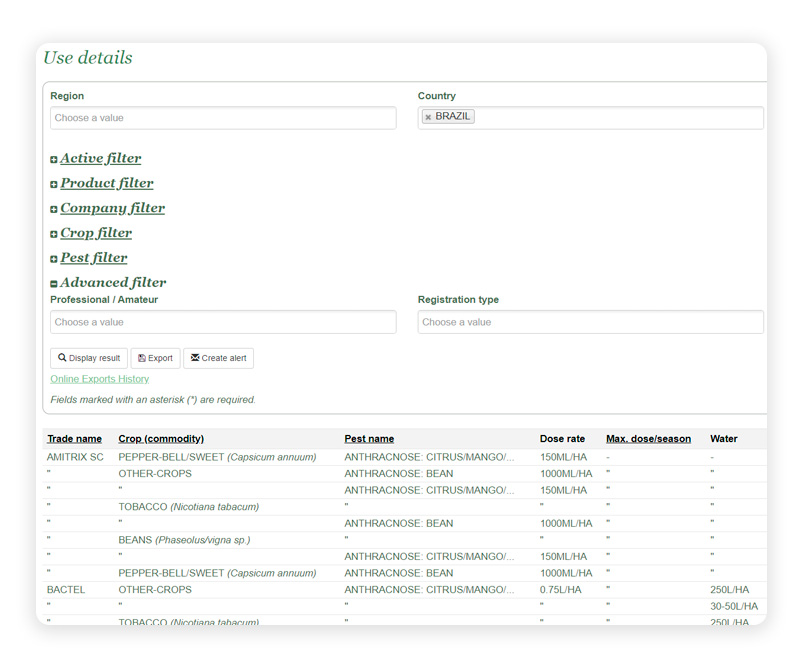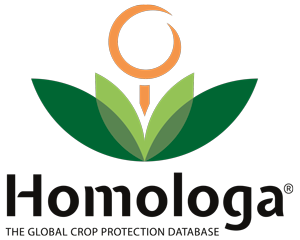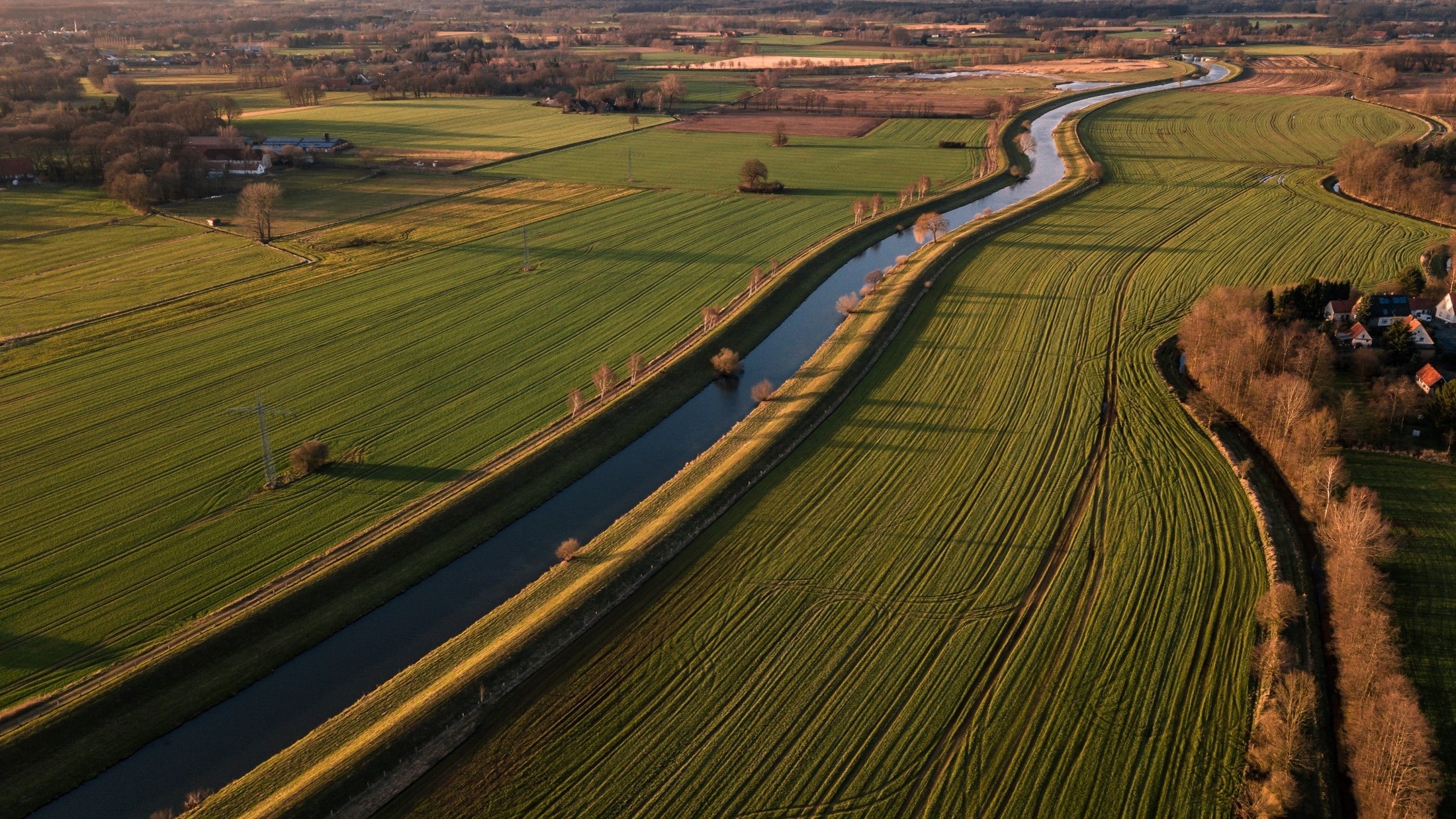Access harmonized buffer spaying zones data
Buffer spraying zones help prevent or reduce the potential adverse effects of pesticides on non-target organisms, including plants, animals, and humans. By establishing buffer zones, the likelihood of pesticide drift and its associated environmental and health risks can be minimized.
The size of the buffer spraying zone may vary depending on factors such as the type of pesticide used, application method, environmental conditions, and the specific regulations or guidelines in place. It is often determined based on scientific research, risk assessment, and local regulations.
Homologa® includes harmonized and up-to-date information of buffer spraying zones in several countries including buffer distance, buffer types, drift type, slope, plant height among others, allowing users to comply with national regulations. The information available in Homologa can be also integrated into any system such as Farm Management Information Systems which could enhance the usability and accuracy of any service.
The establishment and enforcement of buffer zones are important aspects of responsible pesticide management and agricultural practices. They help promote sustainable and environmentally friendly approaches to pesticide use, aiming to strike a balance between pest control and the protection of human health and the environment.



